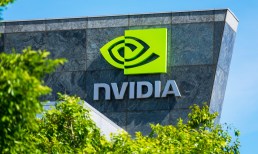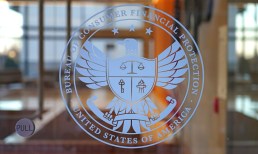As noted in this space some months back, Texcent has been part of this vanguard – and through Paycent, its financial platform that is operational in Singapore and other countries, it’s been bridging the gap between bits and bytes and physical currencies.
Paycent, the company has said, works across 36 million locations in 200 countries. Cryptocurrencies span bitcoin, Ethereum and others. In a past interview with PYMNTS, the company has stated it has regulatory licenses in Singapore, the United Arab Emirates (UAE) and the Philippines. Additional efforts expand across Hong Kong and the European Union.
Brian Tan, Paycent’s CEO, said that larger trends are afoot, where “we have seen the paradigm shift from cash to digital money globally from the last couple of years.”
And, said the executive, in the areas where the company is regionally focused, namely in Southeast Asia, most of the population is unbanked or underbanked. “To cater to those populations, it becomes extremely important to bring in the digital aspect of commerce – not just for the users, but for the merchants alike.”
Technology has made it easy to move money globally. As Tan noted, mobile commerce is at consumers’ fingertips, enabling them to shop anytime, anywhere, and to pay with the money stored in their digital accounts. For merchants, digitalization solves the problems of cash control, reconciliation and leakages. Money flows directly from users’ accounts to merchant’s bank accounts, eliminating friction.
Advertisement: Scroll to Continue
In a vacuum where traditional banks do not cater to those less than optimally banked populations, said Tan, the debut of the Paycent user app and Paycent merchant app, or mPOS, made sense.
Paycent finished its token sale on Nov. 30, selling 78 percent of the total tokens (30 million) offered for phase 1 of the ICO. The next step, said Tan, is for the company to send the tokens to the respective contributors, slated for year-end 2017. Paycent is set to fulfill the users’ requirements of debit cards and dual wallet, with fiat and cryptocurrency as a single app. The debit card rollout will begin in February of 2018.
Paycent’s digital model provides money not just from relatives around the globe, who can send funds in real time, but also via Paycent’s micro-financing model.
Against a backdrop where cryptocurrencies are a paltry one percent of the total currency in circulation, noted Tan, the first hurdle to greater acceptance is awareness. Taken as a whole, cryptos are “very unsecured as of today, wherein you don’t know who owns what. The identity of the owner is sealed. For this very reason, the government bodies and regulators are working to regulate [aspects of the market] to prevent fraud, funding of terrorist activities and money laundering issues.”
Even as regulatory efforts may be taking shape in individual countries, Tan said that at Paycent, “we do different levels of KYC checks when we onboard any user with us.” Those KYC checks require individuals’ personal details and national identification proof, including virtual and physical verification. The company, Tan added, has updated verification levels as mandated by the individual regulating bodies in different geographies.
As with any new commerce conduit, education remains key, said Tan, as “many people today are still untouched by the eCommerce world.” That knowledge gap may close as the internet’s reach grows globally, and the more “the end customer is aware of the liberties of payment in terms of digital money spend and usage.”




